General Owl Morphology
The anatomies of most owl species are based on a nocturnal predatory life-style. However, a lot of variation also exists among owls, both in anatomy and ways in which they use their habitat. To focus on species-specific traits, some peculiarities of a ‘typical owl’ are first summarized here.
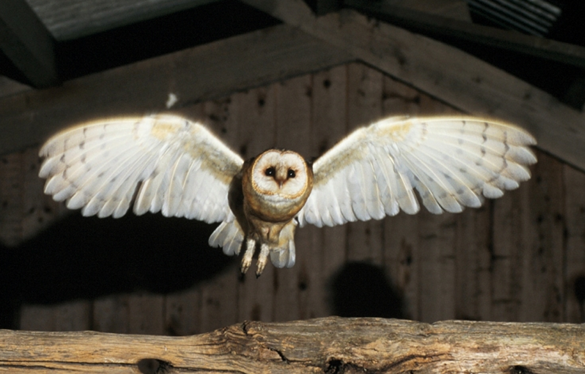
The wing surface is relatively large and wing loading low, contributing to a slow and silent flight.
Feathers on the leading edge of the wings contain special barbs, which break down turbulence and thereby muffle drag and noise, making owls fly nearly noiseless.
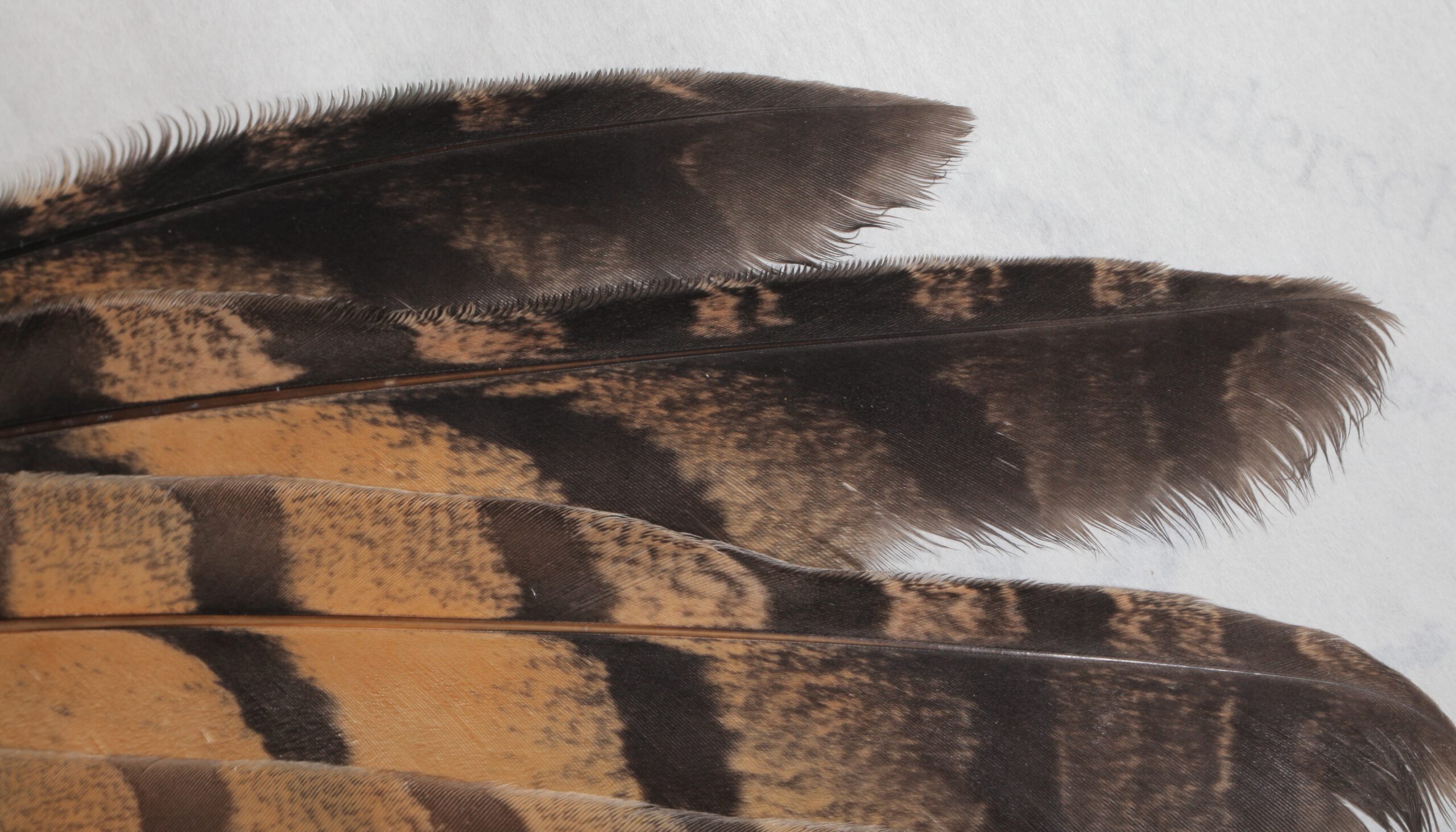
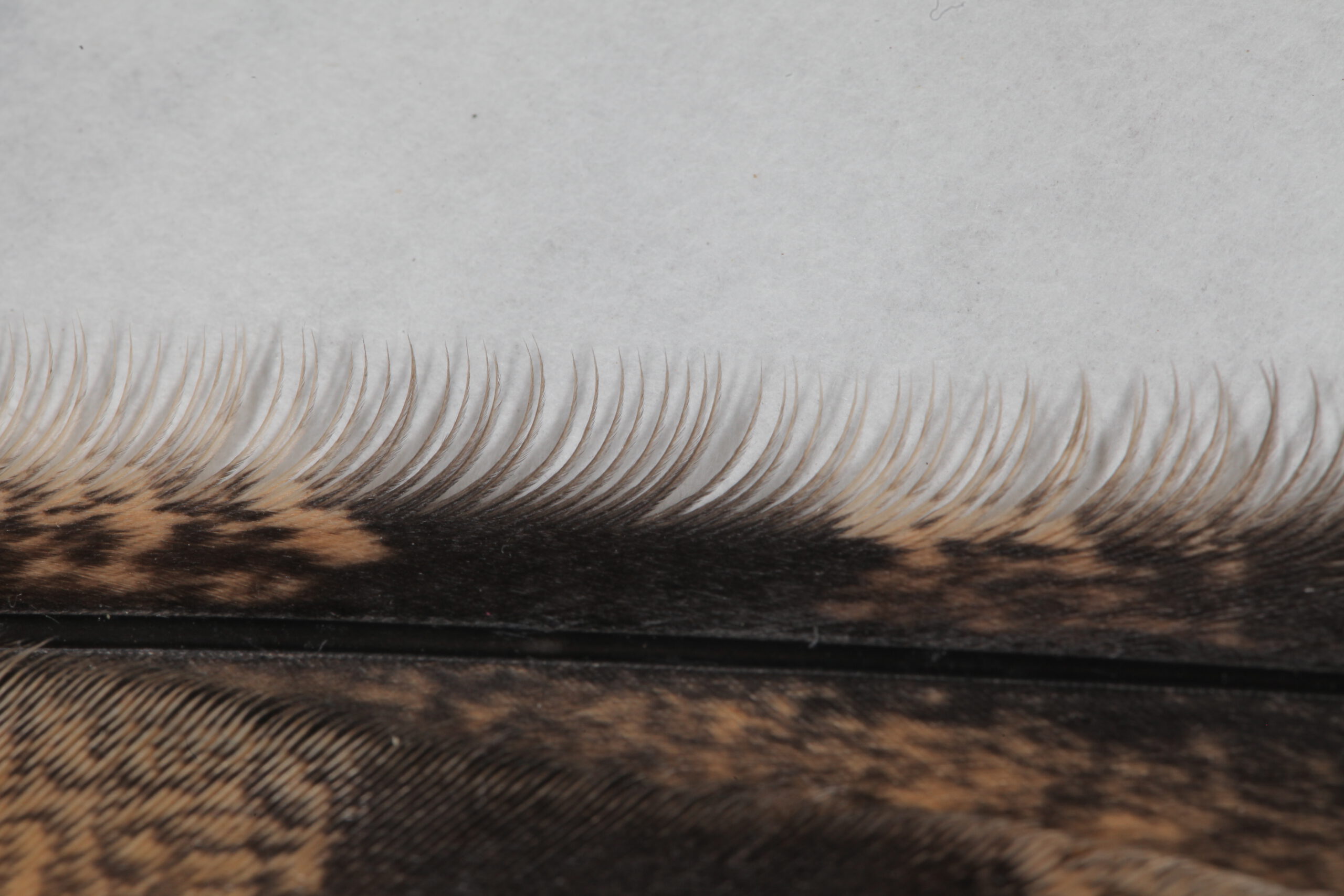
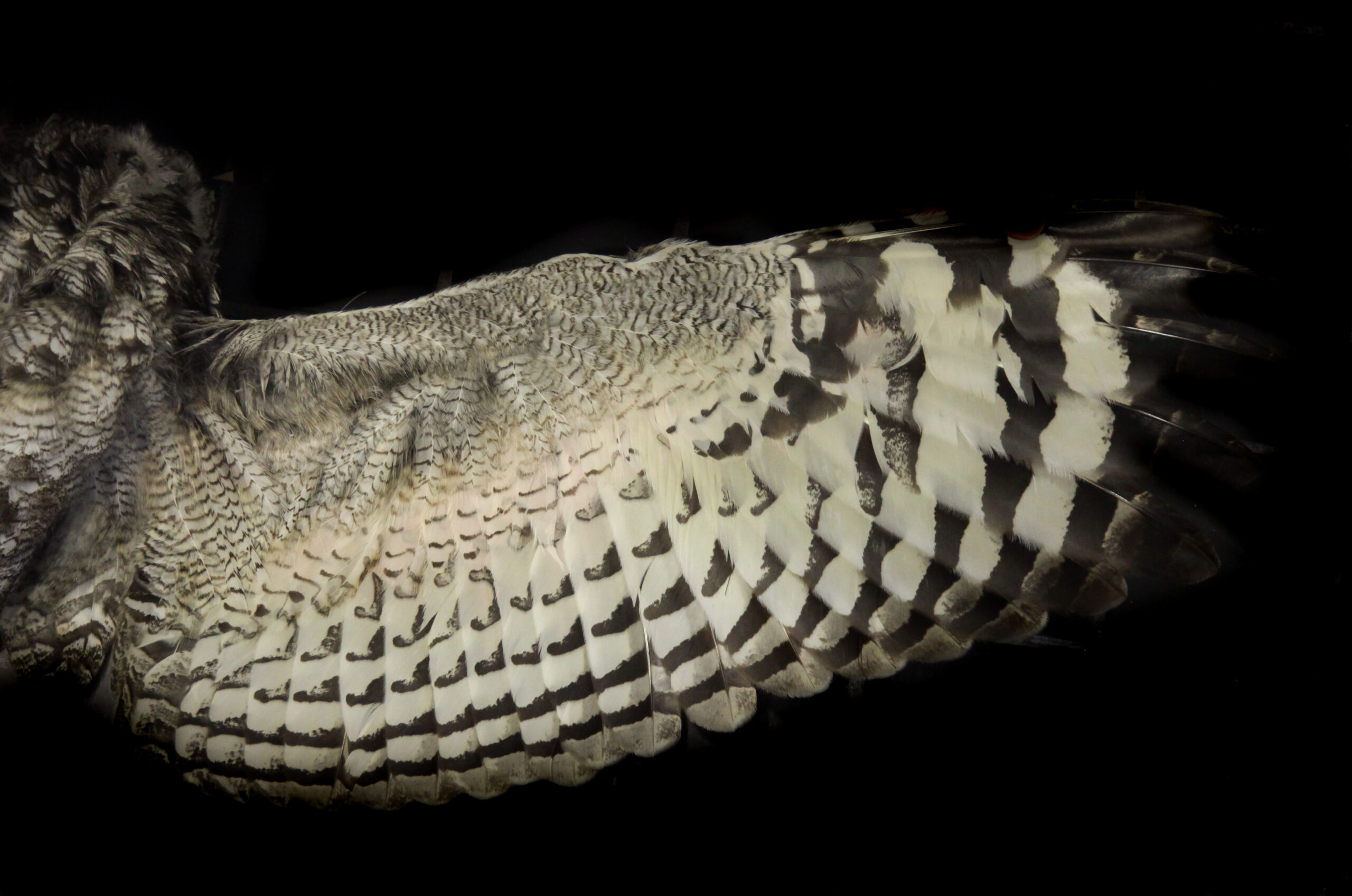
Feathers absorb ultraviolet light and give a pink fluorescence.
Although not yet fully understood, this might serve as extra camouflage for animals that can see UV-light.
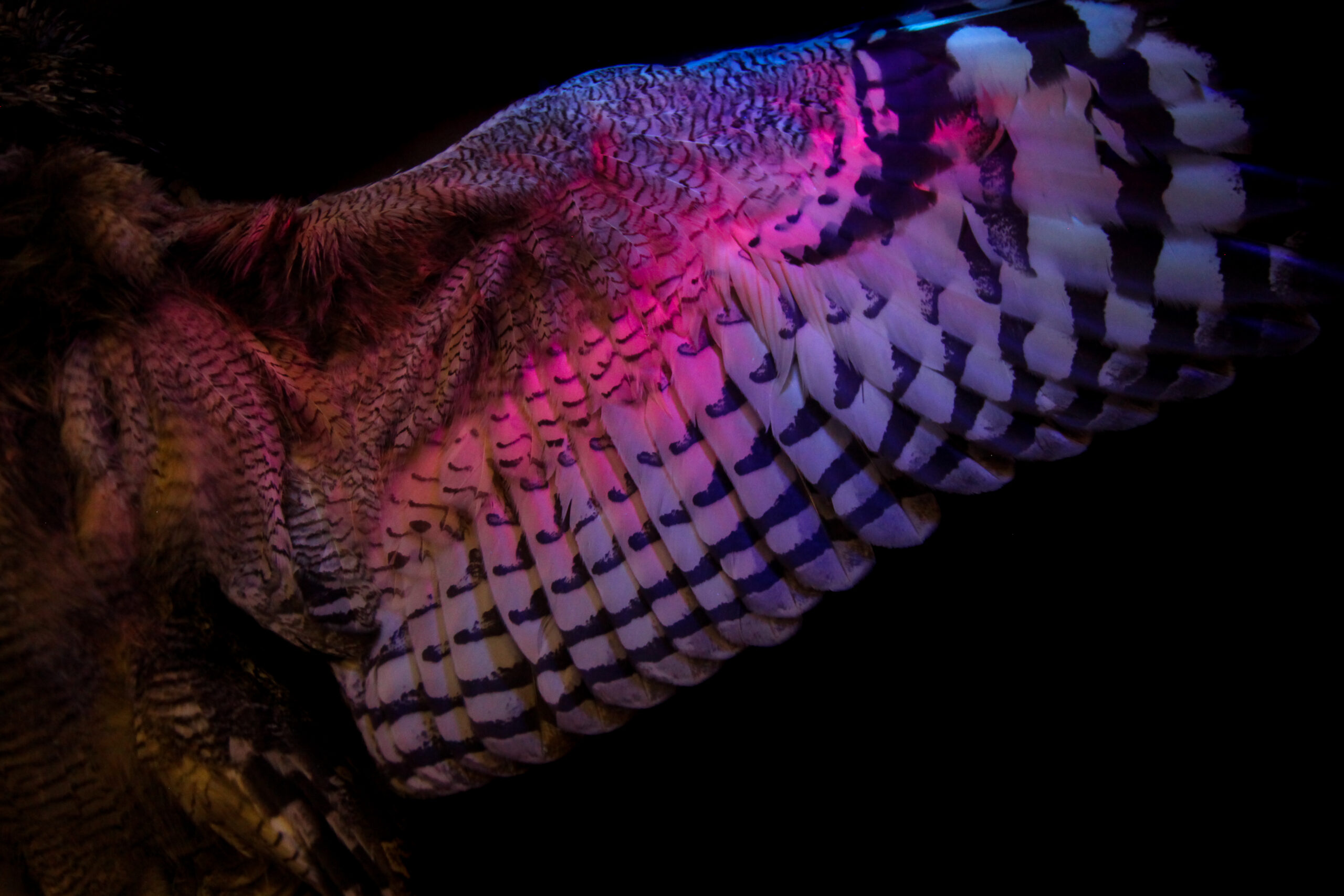
Owl ears can be equipped with skin flaps and facial feather disks to block and/or channel sounds. Ears may have asymmetrical entrances to help estimating sound distance.
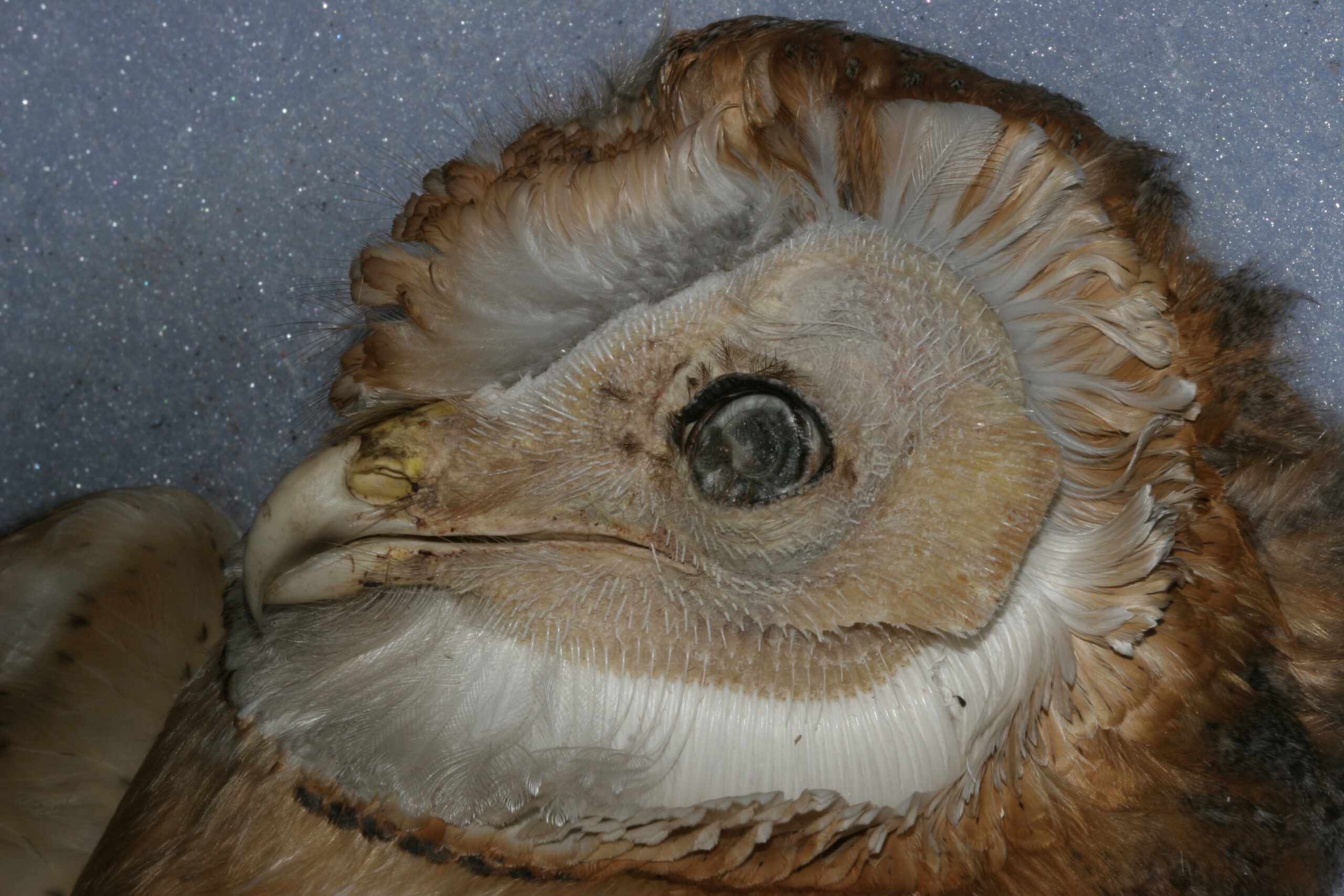
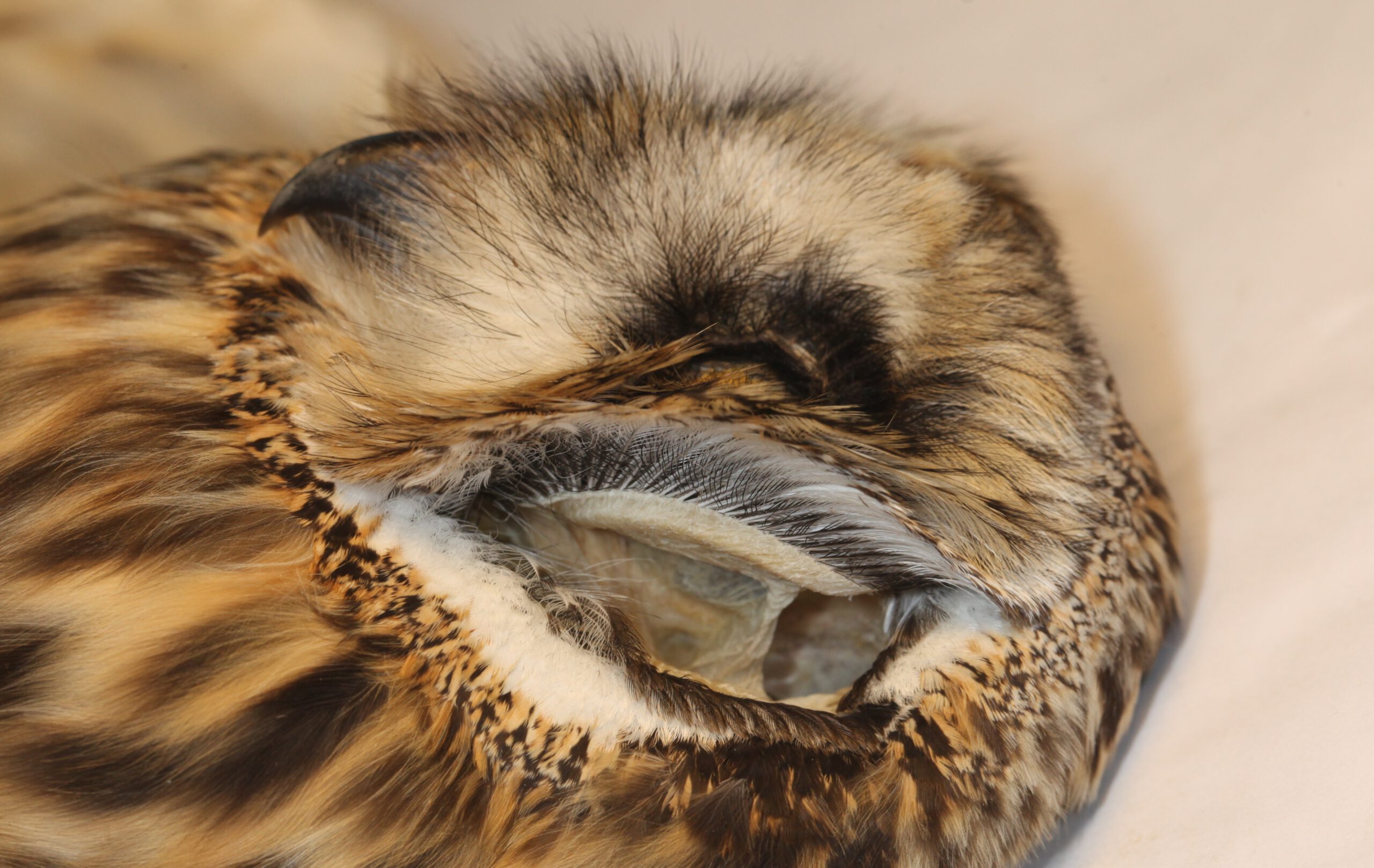
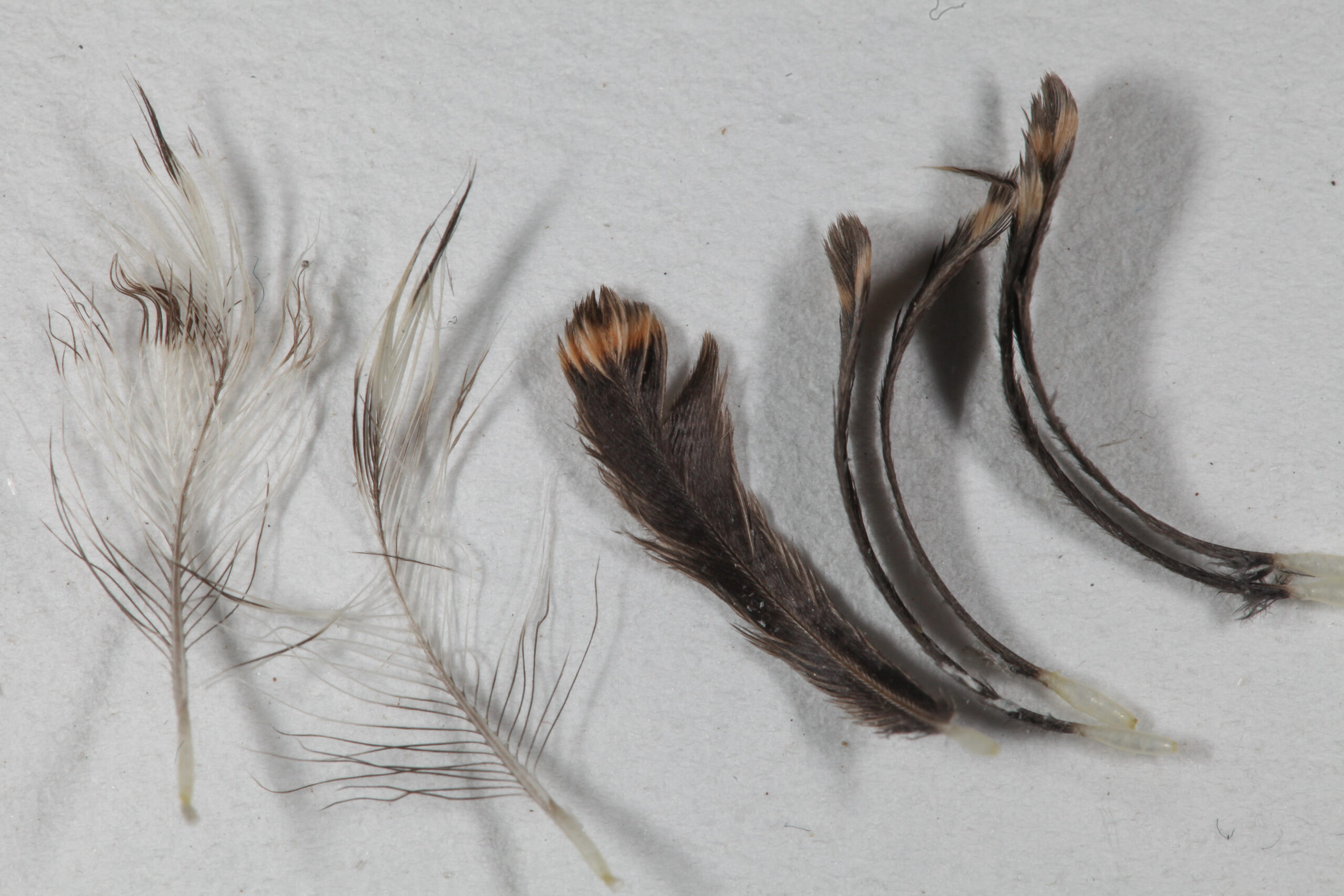
The forward position of the large eyes gives owls a wide binocular field of view. The retina is large and organised on the cellular level to maximize light capture in the dark.
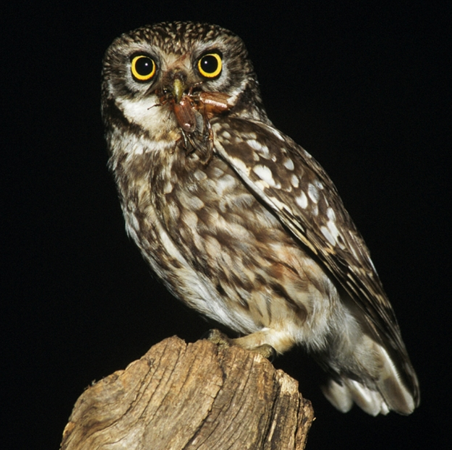
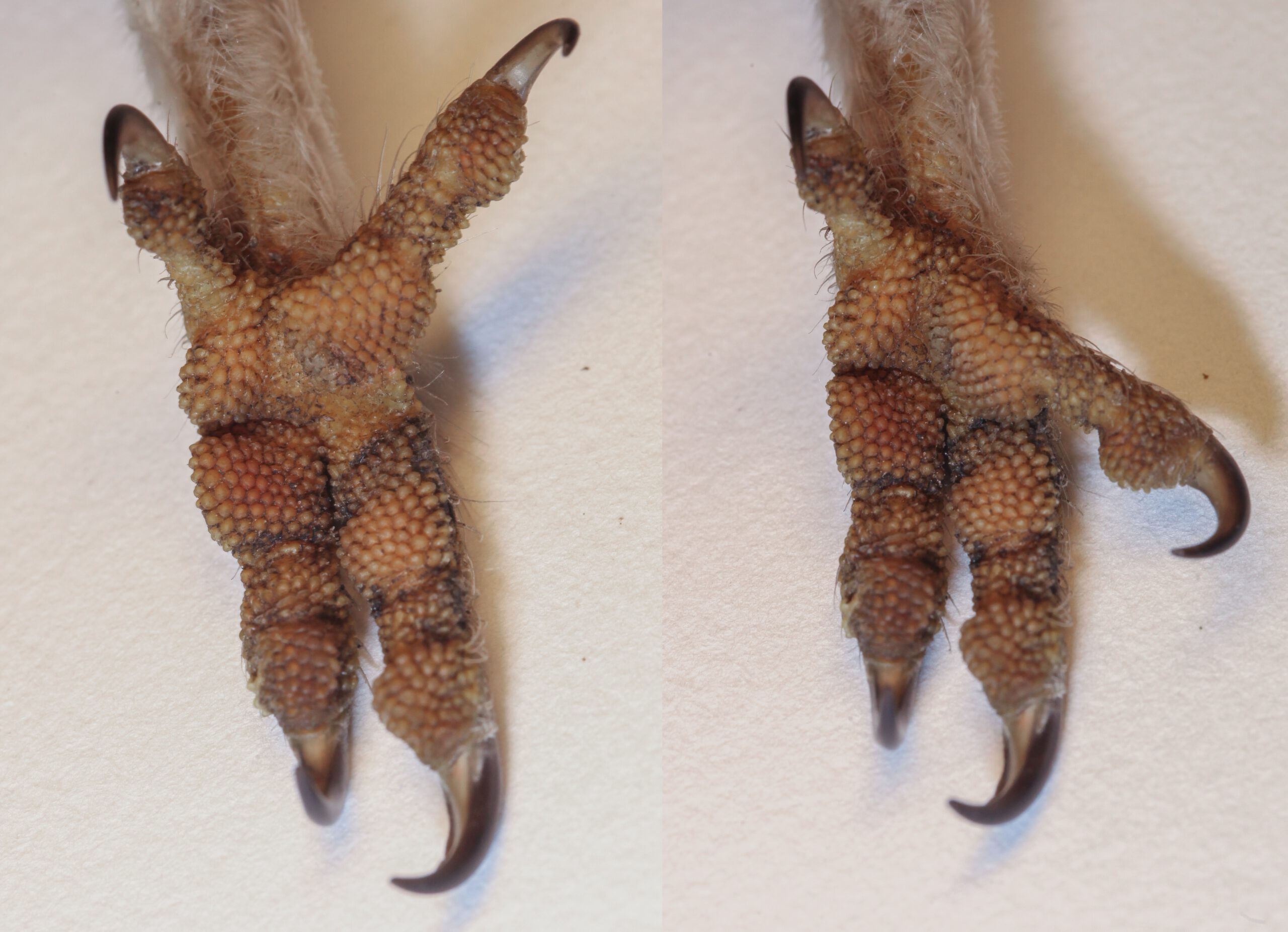
The outer toe can be turned backwards, resulting in two toes pointing forwards and two backwards to optimise a firm grip of prey.
Owls do not have a crop, but an extendible stomach, to store large or many prey items.
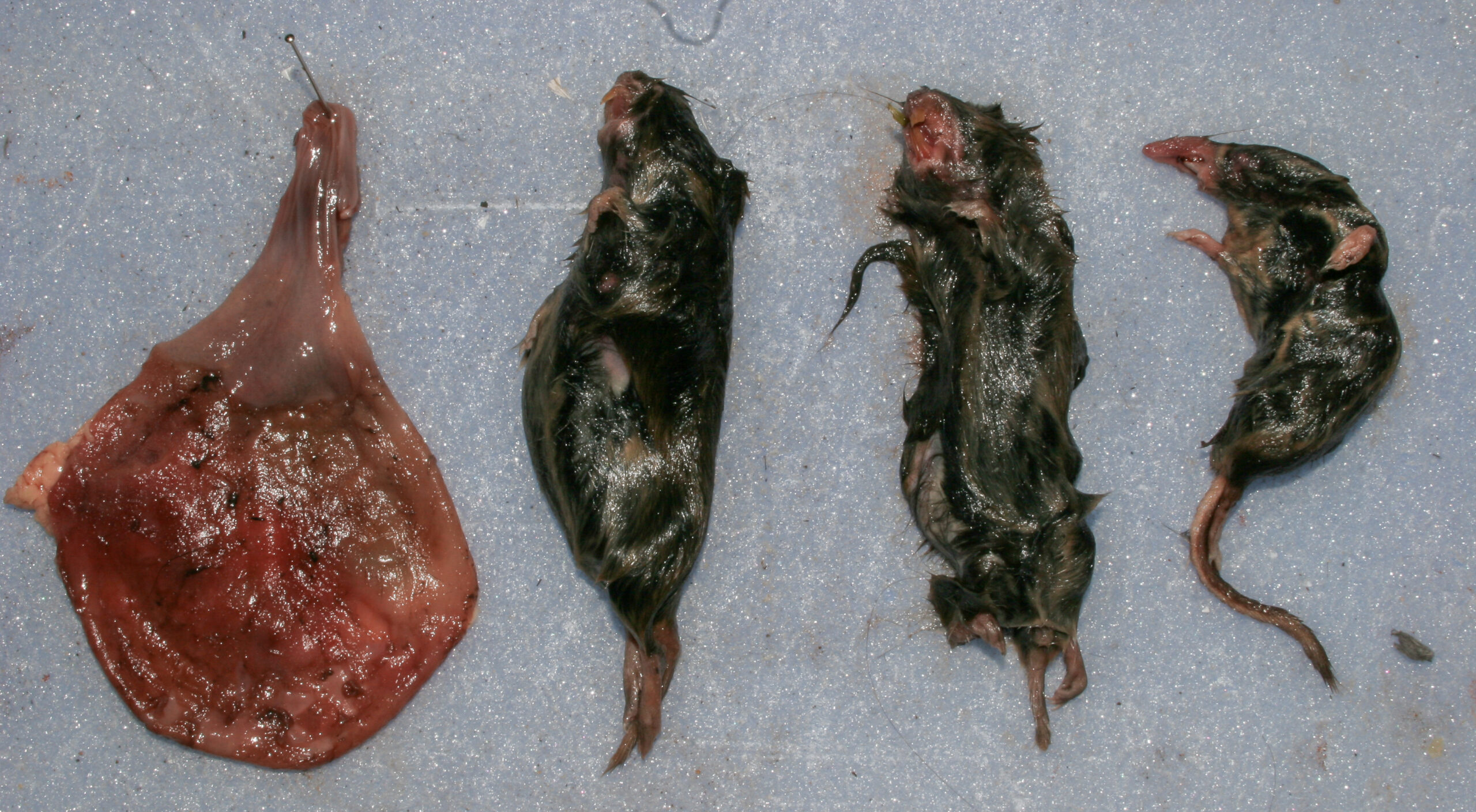
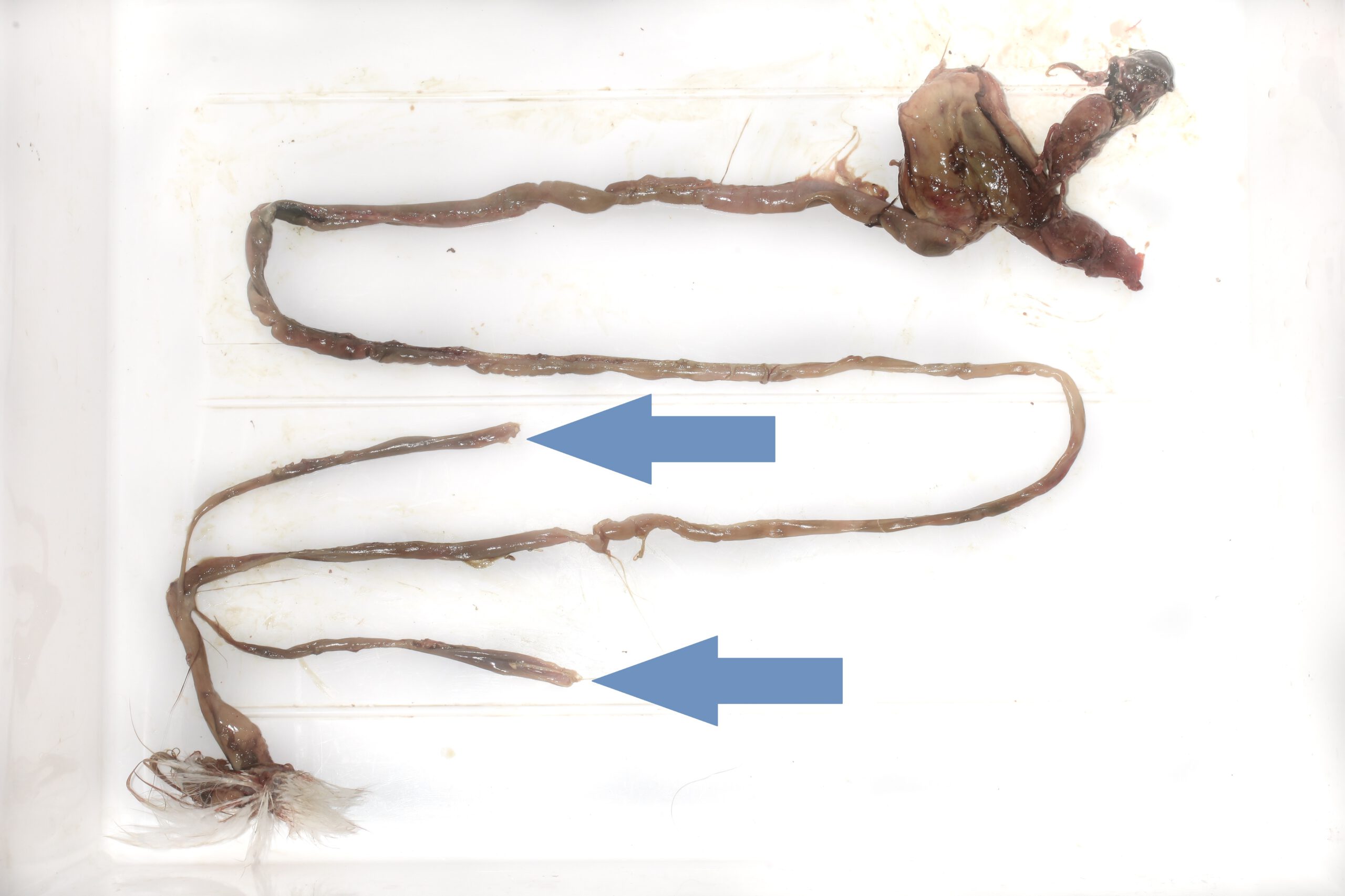
Two large blind guts (more typical of herbivores) aid in the recycling of uric acid waste.
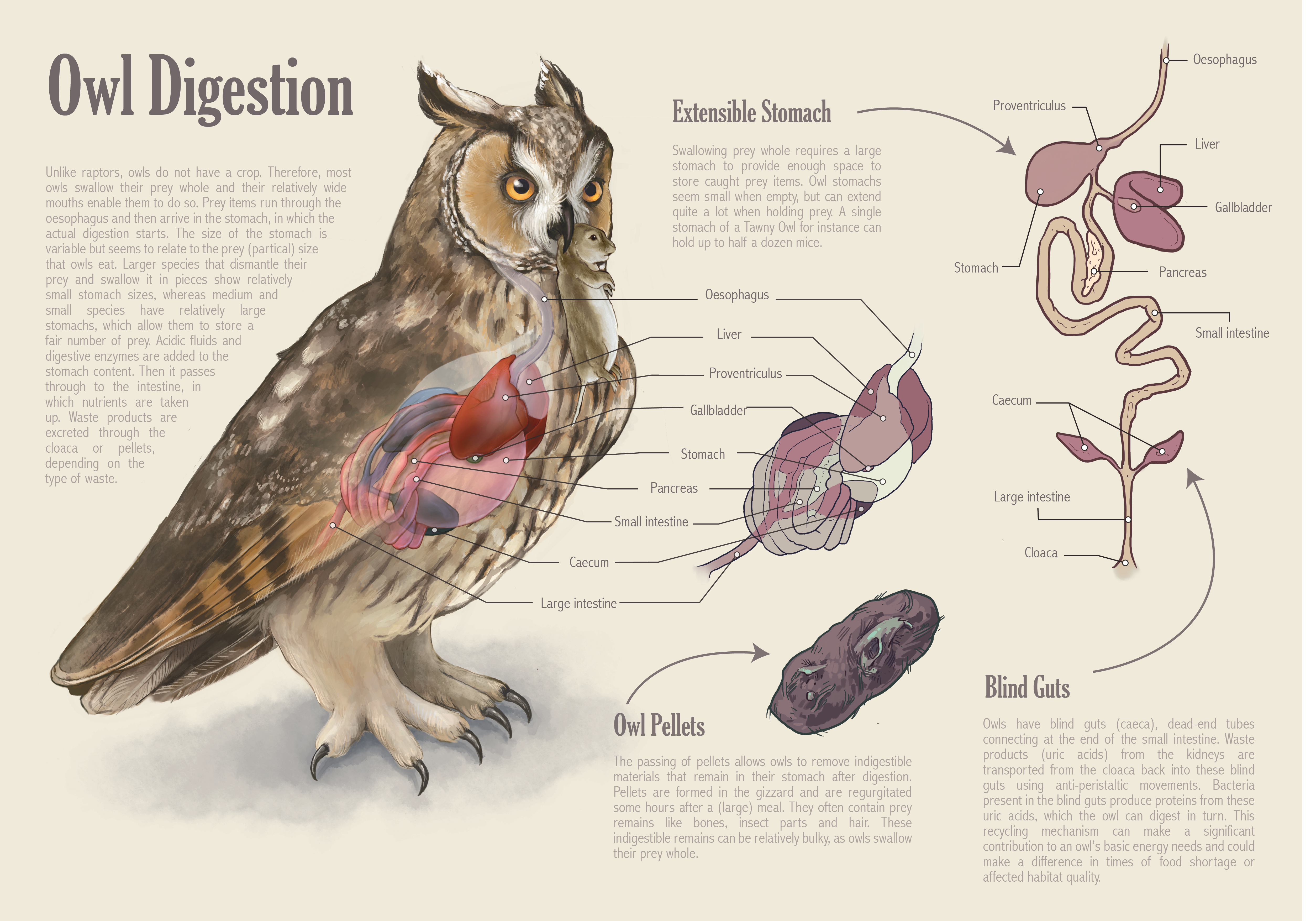
Owl digestion overview (made by Jesse Horn)

